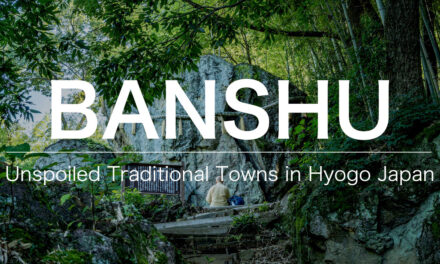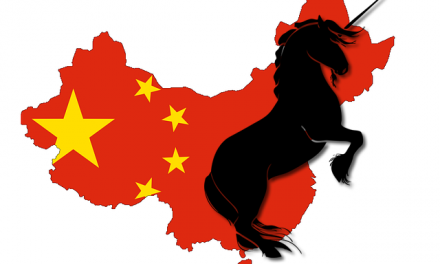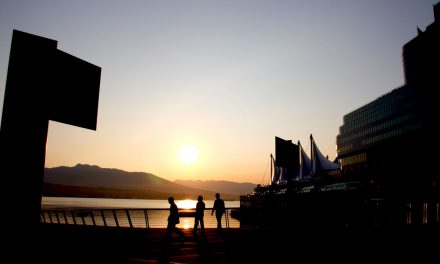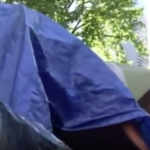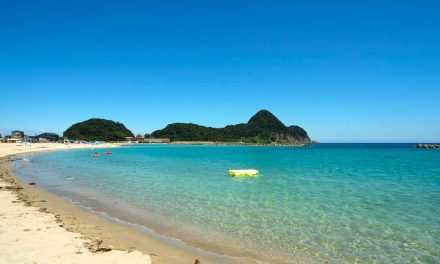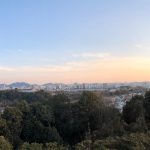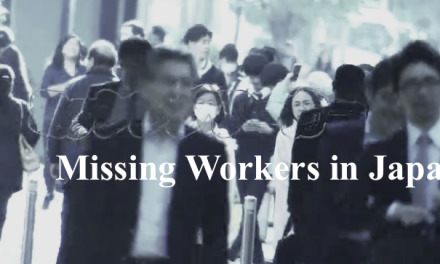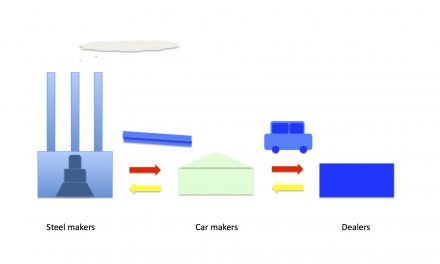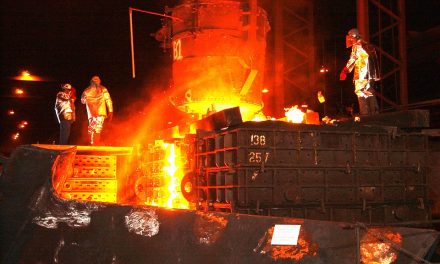
The Latest Land Prices in Japan

Recently, I have done some research on the real estate pricing in Japan since a friend of mine (non-Japanese) is considering buying a land or real property.
In the last several years, Japan has boomed internationally in terms of tourism and a whole bunch of people
Now, this trend is changing and foreign visitors started paying their attention to and going to other big, middle-sized and small cities where not many non-Japanese tourists have visited in order to experience local cultures.
This is actually what the Japanese government has expected (or been aimed) and local people are really happy to see the tourist money flowing into their areas.
As this situation accelerates, it has been reported that overall, Japan’s land prices have gone up due to the tourism boom.
However, it was unveiled that a huge gap can be seen between metropolitan cities and local areas, and even between commercial districts and residential areas in the same city.
New 4 most popular cities?
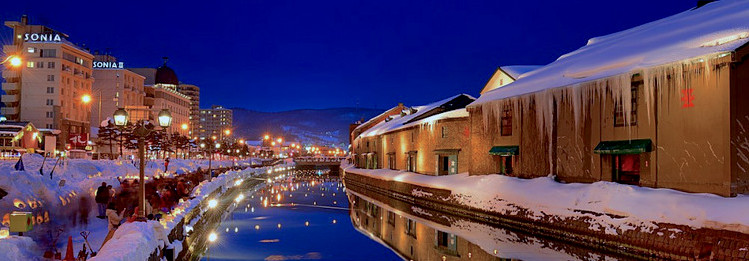
According to a research on land prices in Japan conducted by the Ministry of Land, Infrastructure
It is remarkable that the prices rose in many local areas (2,890) and it accounts for 50% of all areas whose prices went up.
In particular, the increase rate in Sapporo, Sendai, Hiroshima
Fluctuation rates of land prices
| Prefecture | Residential Areas (2017) | Commercial Districts (2017) |
| Hokkido | ▲1.0 (▲1.4) | 0.1 (▲0.5) |
| Aomori | ▲1.2 (▲1.5) | ▲1.3 (▲1.7) |
| Iwate | ▲1.2 (▲1.1) | ▲2.0 (▲2.2) |
| Miyagi | 0.9 ( 0.8) | 4.7 ( 4.0) |
| Akita | ▲2.4 (▲2.9) | 2.6 (▲3.1) |
| Yamagata | ▲0.8 (▲0.9) | ▲1.2 (▲1.4) |
| Fukushima | 0.5 ( 1.0) | 0.2 ( 0.2) |
| Ibaragi | ▲0.6 (▲0.8) | ▲0.4 (▲0.7) |
| Tochigi | ▲0.8 (▲1.0) | ▲0.8 (▲1.1) |
| Gunma | ▲1.0 (▲1.0) | ▲0.3 (▲0.4) |
| Saitama | 0.5 ( 1.0) | 1.3 ( 0.5) |
| Chiba | 0.1 ( 0.0) | 1.6 ( 1.2) |
| Tokyo | 2.4 ( 1.8) | 5.9 ( 4.9) |
| Kanagawa | 0.0 (▲0.2) | 2.0 ( 1.5) |
| Nigata | ▲1.2 (▲1.6) | ▲1.2 (▲1.7) |
| Toyama | ▲0.3 (▲0.5) | 0.1 (▲0.1) |
| Ishikawa | ▲0.4 (▲0.7) | 0.5 ( 0.4) |
| Fukui | ▲1.8 (▲1.8) | ▲1.7 (▲1.6) |
| Yamanashi | ▲1.8 (▲2.1) | ▲1.5 (▲1.9) |
| Nagano | ▲0.9 (▲1.1) | ▲1.4 (▲1.7) |
| Gifu | ▲1.4 (▲1.4) | ▲0.9 (▲1.1) |
| Shizuoka | ▲1.1 (▲1.2) | ▲0.3 (▲0.6) |
| Aichi | 0.6 ( 0.4) | 3.1 ( 2.4) |
| Mie | ▲2.0 (▲2.4) | ▲1.4 (▲2.0) |
| Shiga | ▲0.8 (▲0.8) | 0.2 ( 0.1) |
| Kyoto | 0.0 (▲0.3) | 7.5 ( 5.7) |
| Osaka | 0.2 ( 0.0) | 5.7 ( 5.0) |
| Hyogo | ▲1.1 (▲1.2) | 0.9 ( 0.2) |
| Nara | ▲1.0 (▲0.9) | 0.7 ( 0.3) |
| Wakayama | ▲1.4 (▲1.6) | ▲1.1 (▲1.3) |
| Tottori | ▲1.2 (▲1.7) | ▲0.9 (▲1.4) |
| Shimane | ▲1.5 (▲1.6) | ▲1.6 (▲1.9) |
| Okayama | ▲1.0 (▲1.2) | ▲0.2 (▲0.5) |
| Hiroshima | 0.0 (▲0.4) | 1.3 ( 0.7) |
| Yamaguchi | ▲0.9 (▲1.3) | ▲0.9 (▲1.5) |
| Tokushima | ▲1.0 (▲1.2) | ▲1.6 (▲1.8) |
| Kagawa | ▲0.5 (▲0.8) | ▲0.2 (▲0.7) |
| Ehime | ▲1.7 (▲2.5) | ▲1.6 (▲2.4) |
| Kochi | ▲0.8 (▲0.9) | ▲1.0 (▲1.3) |
| Fukuoka | 1.1 ( 0.5) | 3.1 ( 2.3) |
| Saga | ▲0.6 (▲1.0) | ▲0.3 (▲0.9) |
| Nagasaki | ▲1.2 (▲1.5) | ▲0.3 (▲0.8) |
| Kumamoto | 0.0 (▲0.4) | 1.5 ( 0.1) |
| Oita | ▲0.3 (▲0.6) | ▲0.5 (▲0.8) |
| Miyazaki | ▲0.7 (▲0.8) | ▲1.4 (▲1.7) |
| Kagoshima | ▲1.6 (▲2.0) | ▲1.6 (▲2.3) |
| Okinawa | 4.0 ( 2.4) | 7.3 ( 4.2) |
Land price index (Tokyo=100)
| Prefecture | Land Price Index |
| Hokkido | 5.4 |
| Aomori | 4.6 |
| Iwate | 7.0 |
| Miyagi | 10.9 |
| Akita | 3.8 |
| Yamagata | 5.5 |
| Fukushima | 6.7 |
| Ibaragi | 9.2 |
| Tochigi | 9.2 |
| Gunma | 8.5 |
| Saitama | 31.4 |
| Chiba | 20.7 |
| Tokyo | 100 |
| Kanagawa | 50.1 |
| Nigata | 7.3 |
| Toyama | 8.6 |
| Ishikawa | 12.1 |
| Fukui | 8.5 |
| Yamanashi | 6.9 |
| Nagano | 7.1 |
| Gifu | 9.4 |
| Shizuoka | 18.5 |
| Aichi | 28.6 |
| Mie | 8.2 |
| Shiga | 13.1 |
| Kyoto | 30.2 |
| Osaka | 42.1 |
| Hyogo | 28.8 |
| Nara | 14.9 |
| Wakayama | 10 |
| Tottori | 5.5 |
| Shimane | 6 |
| Okayama | 8.2 |
| Hiroshima | 15.5 |
| Yamaguchi | 7.2 |
| Tokushima | 8.4 |
| Kagawa | 9.2 |
| Ehime | 10.2 |
| Kochi | 8.7 |
| Fukuoka | 14 |
| Saga | 5.7 |
| Nagasaki | 6.8 |
| Kumamoto | 7.9 |
| Oita | 6.9 |
| Miyazaki | 6.9 |
| Kagoshima | 7.7 |
| Okinawa | 14.9 |
New 4 most popular cities?
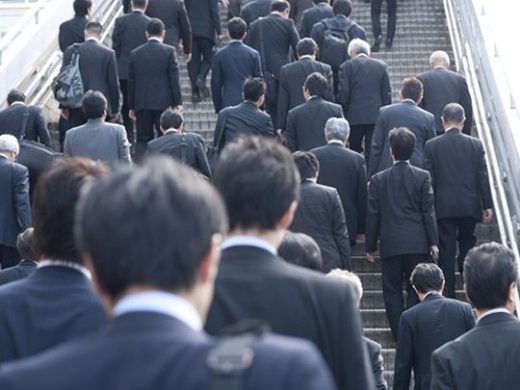
As you can tell, land prices in Tokyo are extremely high and even still going up now.
In contrast, a majority of the land values in other areas are decreasing. Not to mention, they are very low compared with Tokyo.
This is why so many Japanese people commute to their offices from the suburbs especially in the Kanto district (Tokyo, Kanagawa, Chiba, Saitama).
Nowadays, foreign people buy lands in Japan. For example, a number of Chinese people have bought lands in Hokkaido because the lands have several sources of rivers where quality mineral water can be found.
At this moment, we have not figured out its purpose exactly.
However, there is a risk that they might lay claim to the water someday.
I wonder if we should keep our guard up or make the market open more.
Sponsored Link


